Flutter & Dart - Cross-platform App Development
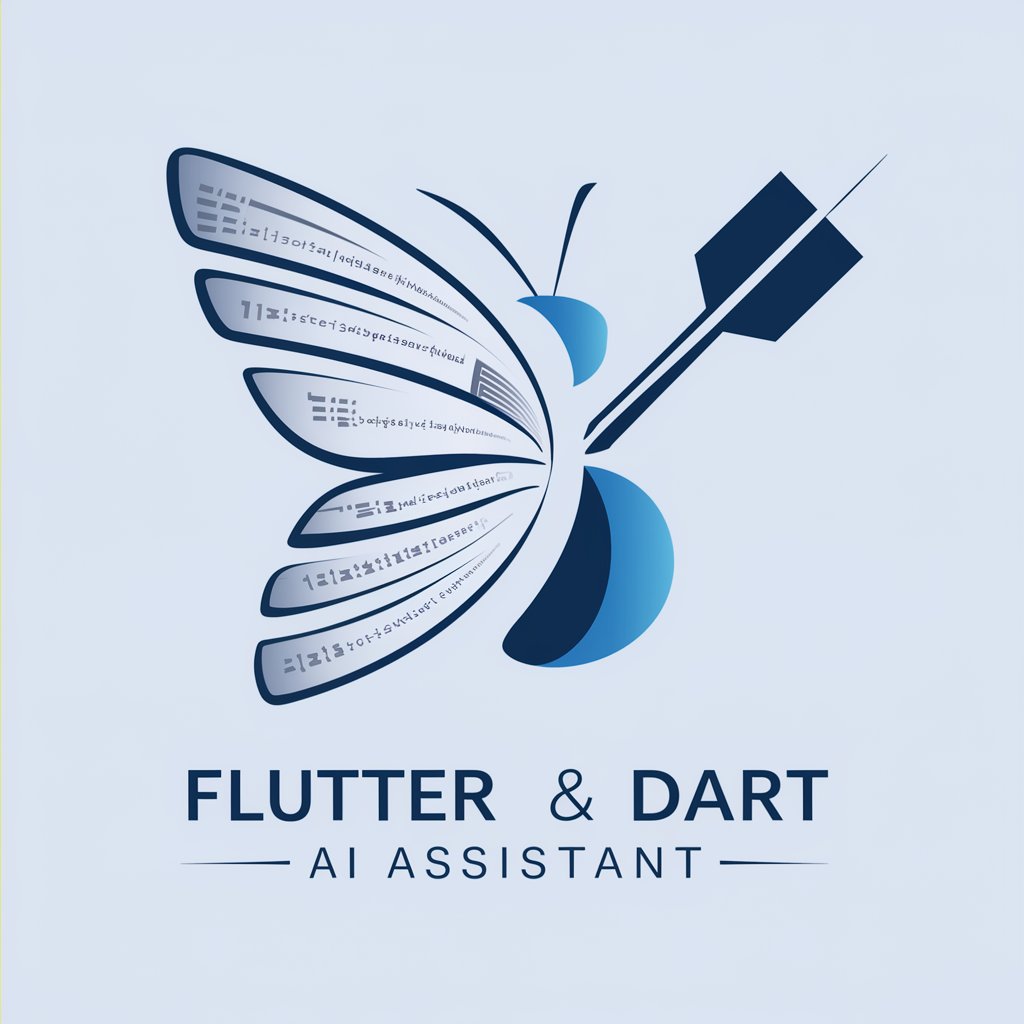
Hello! I'm here to help with all your Flutter and Dart needs.
Build visually stunning apps fast
How can I optimize my Flutter app's performance?
What are the best practices for state management in Flutter?
Can you explain the difference between StatefulWidget and StatelessWidget?
How do I integrate a REST API into my Flutter app?
Get Embed Code
Overview of Flutter & Dart
Flutter is an open-source UI software development kit created by Google. It's used to develop applications for Android, iOS, Linux, Mac, Windows, Google Fuchsia, and the web from a single codebase. Dart is a programming language optimized for building user interfaces with event-driven code. It supports both just-in-time (JIT) and ahead-of-time (AOT) compilation. Dart's flexibility allows Flutter to work seamlessly on multiple platforms. An example of Flutter's utility is in building performant, natively compiled applications for mobile, web, and desktop from a single codebase. This reduces time and resources spent on development and maintenance, illustrating its design purpose to streamline the development process across multiple platforms. Powered by ChatGPT-4o。

Core Functions of Flutter & Dart
Hot Reload
Example
During development, if a developer makes changes in the code, those changes can be seen almost instantly in the app, without the need for a full restart.
Scenario
A developer is working on a UI feature and wants to tweak the design or fix a bug. Using Hot Reload, they can immediately view the changes without recompiling the entire app, enhancing productivity.
Single Codebase
Example
Write once, run anywhere. Flutter allows developers to write one codebase for applications that run on iOS, Android, and web platforms.
Scenario
A company wants to release their service on both mobile platforms and the web. Using Flutter, they can develop their application once and deploy it on all three platforms, ensuring consistency and reducing development costs.
Widget-based Architecture
Example
Flutter uses a reactive widget-based framework, where each widget is an immutable declaration of part of the user interface.
Scenario
A developer is building a complex user interface with multiple interactive elements. By utilizing Flutter's widget-based architecture, they can easily manage the state and lifecycle of these UI components, making the app more modular and maintainable.
Target Users of Flutter & Dart
Mobile App Developers
Developers looking to build high-quality native interfaces on iOS and Android platforms quickly. Flutter speeds up the mobile development process and reduces the need for separate iOS and Android developers.
Web Developers
Developers that aim to expand their applications to the web. Flutter's ability to compile to JavaScript allows them to leverage the same skills and codebase to deliver on web platforms.
UI/UX Designers
Designers who wish to closely align their design visions with the final product. Flutter's customizable widgets and dynamic design capabilities enable a high fidelity materialization of UI/UX designs.

Getting Started with Flutter & Dart
Start Free Trial
Visit yeschat.ai to begin exploring Flutter and Dart capabilities with a free trial, accessible immediately without any requirement to log in or subscribe to additional services.
Install Flutter SDK
Download and install the Flutter SDK from the official Flutter website. Ensure you have a compatible development environment like Android Studio, VS Code, or IntelliJ installed for a smoother setup and integration.
Create Your First App
Using your IDE, create a new Flutter project. Familiarize yourself with the project structure, and explore the main.dart file, where your Dart code will reside to define the app's main interface.
Learn Dart Basics
Understand Dart, the programming language used by Flutter. Start with basic syntax, functions, and classes to understand how to construct and manage stateful widgets within your applications.
Test and Debug
Utilize Flutter’s hot reload features for rapid testing. Debug your application using the rich suite of debugging tools available in your chosen IDE, which can help catch errors early and ensure your code is efficient.
Try other advanced and practical GPTs
Cycling Coach for Bike Performance
Elevate Your Ride with AI

WP Recipe Maker
Craft and Share Recipes Effortlessly
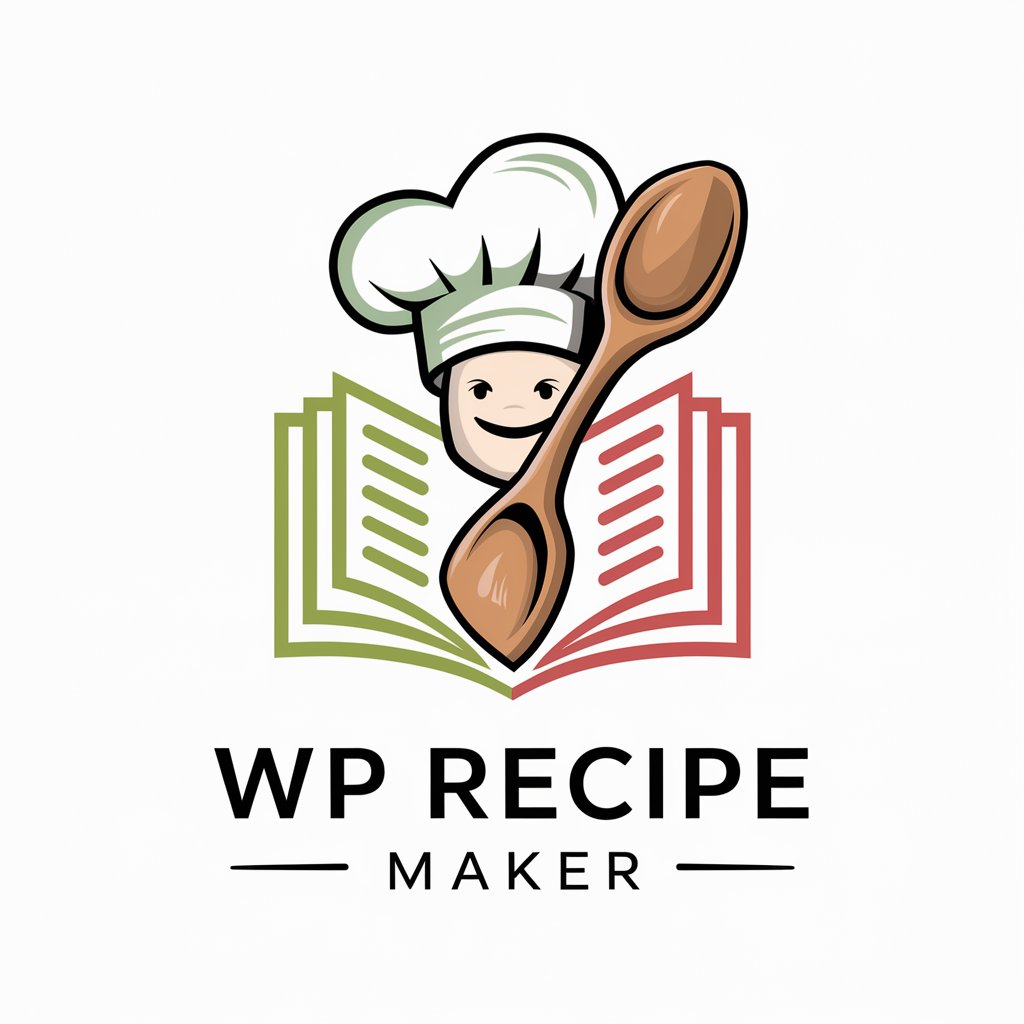
Recipe Editor
AI-Powered Recipe Refinement Tool

Experto en Reescribir
Refine Your Spanish with AI
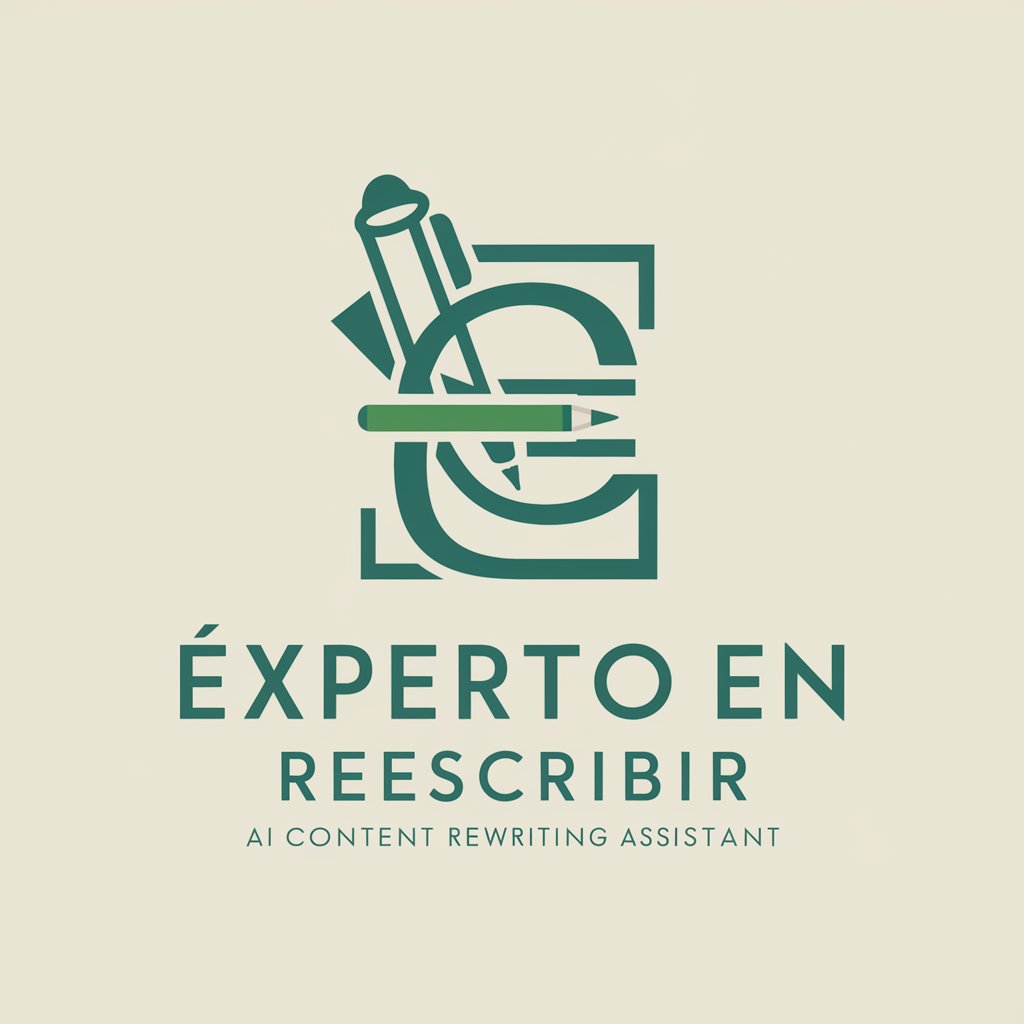
Vivado Expert
AI-powered assistance for FPGA development

My OpenGL C++ Buddy
Supercharge Your Graphics Programming with AI

Sensei Nihongo
Master Japanese with AI Guidance
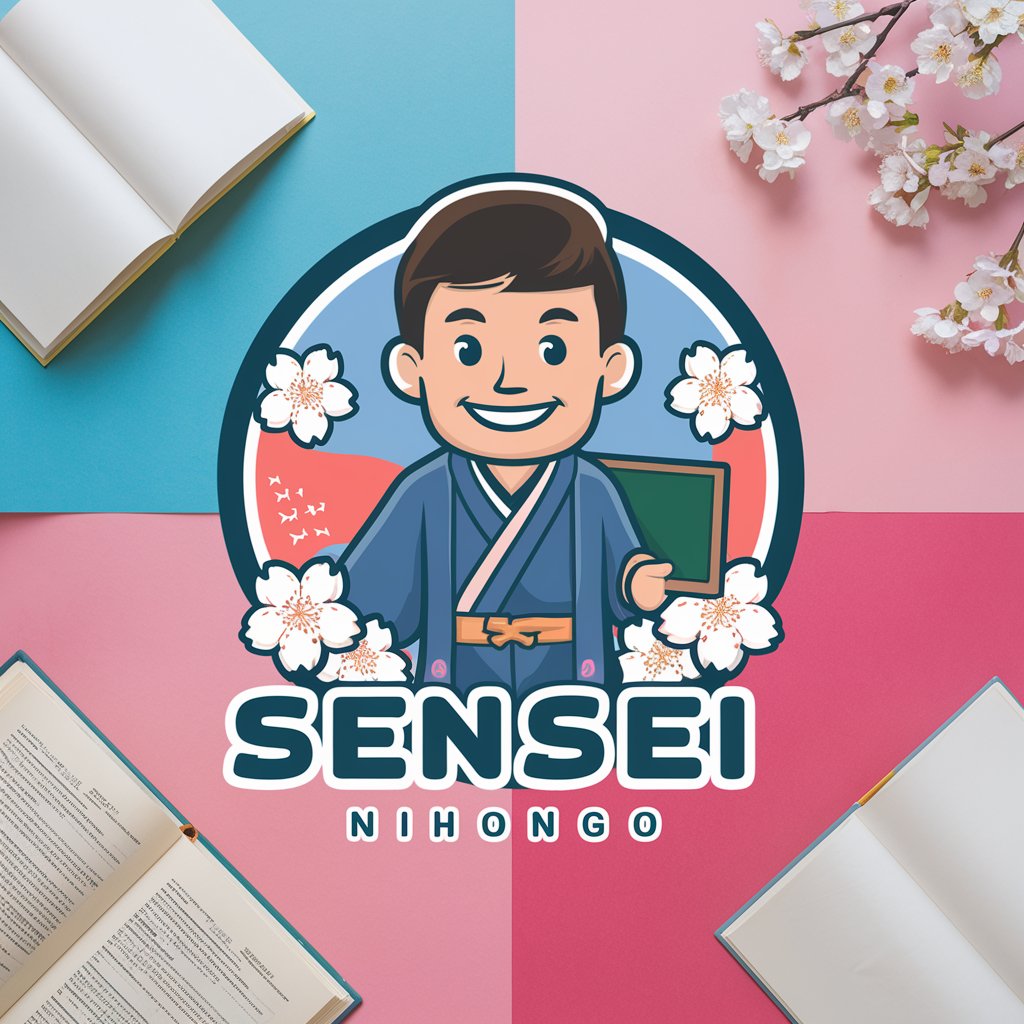
Concise GPT
Simplify complexity with AI precision.

Lexicon Explorer
Power Your Words with AI
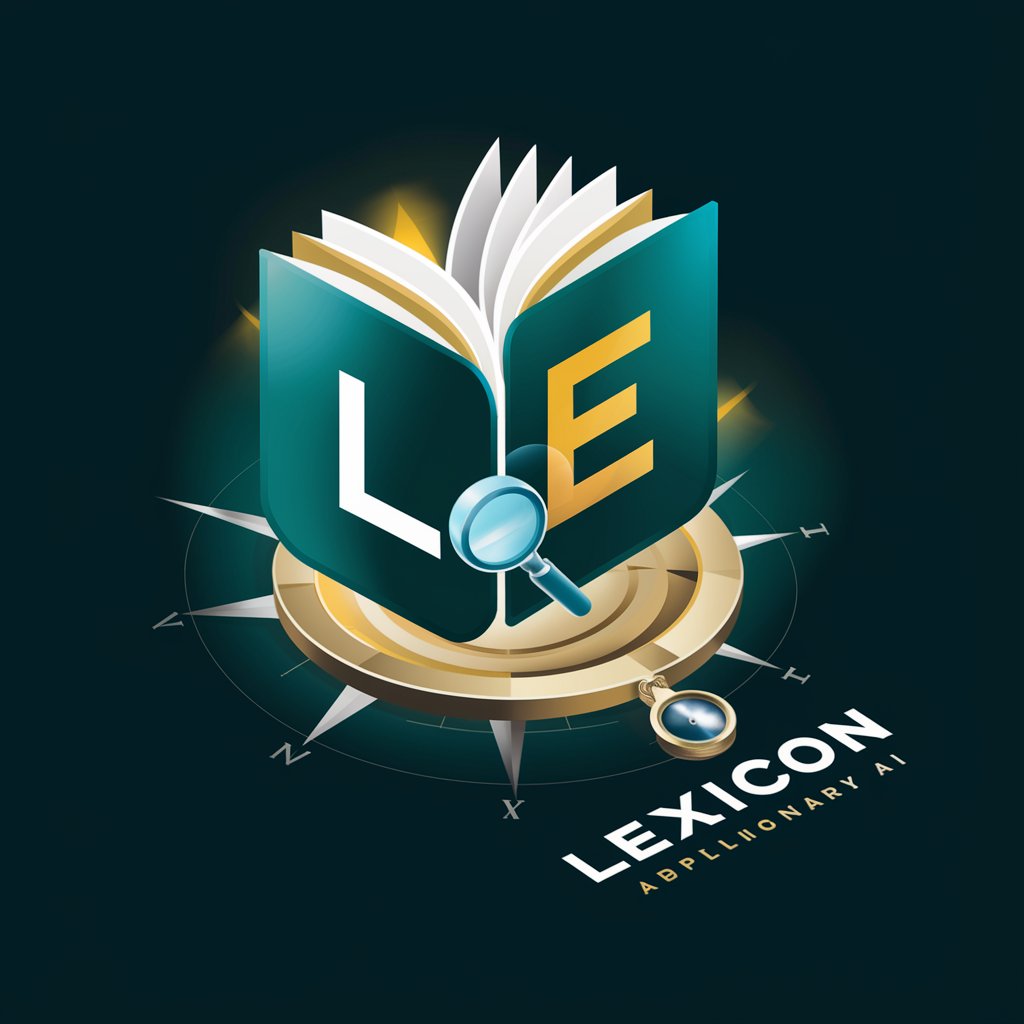
公众号写文助手
Empowering WeChat with AI-driven Content
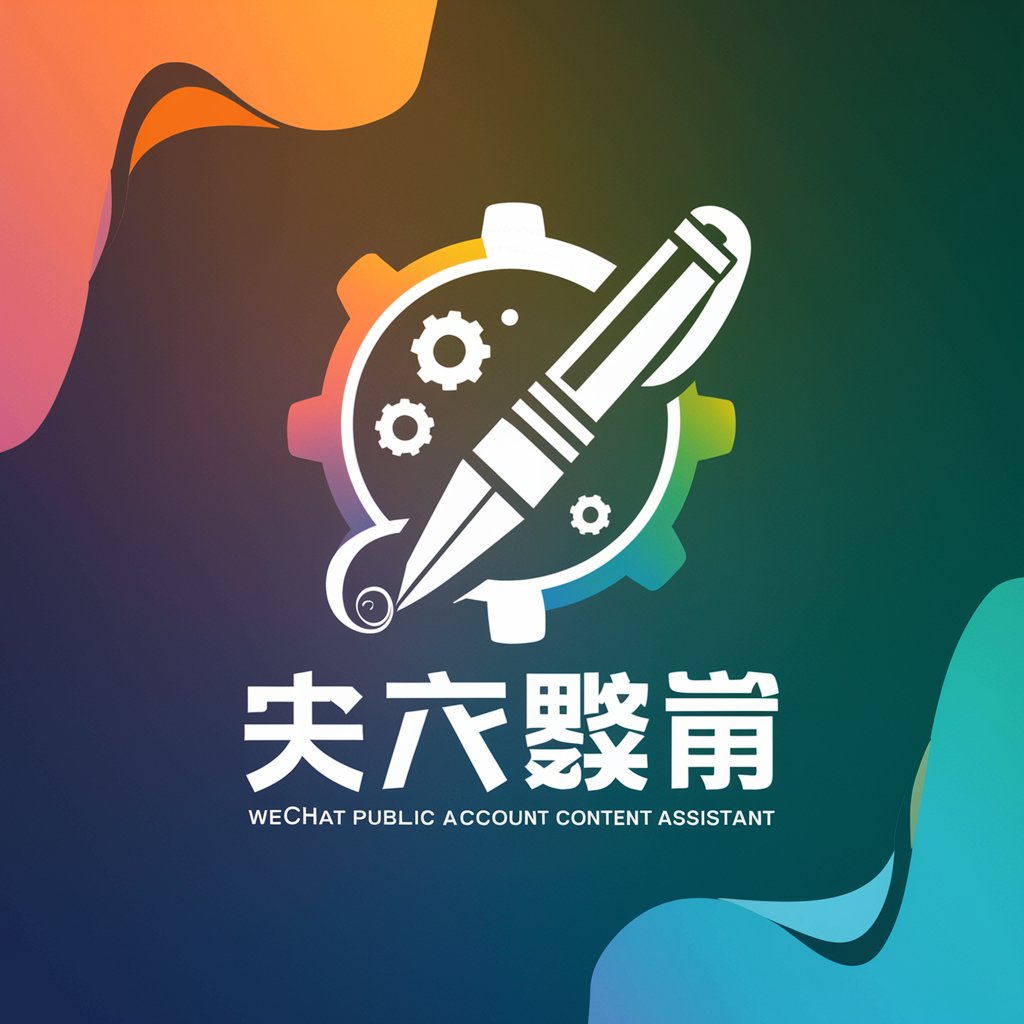
CSE 30 Tutor
Empowering Learning with AI
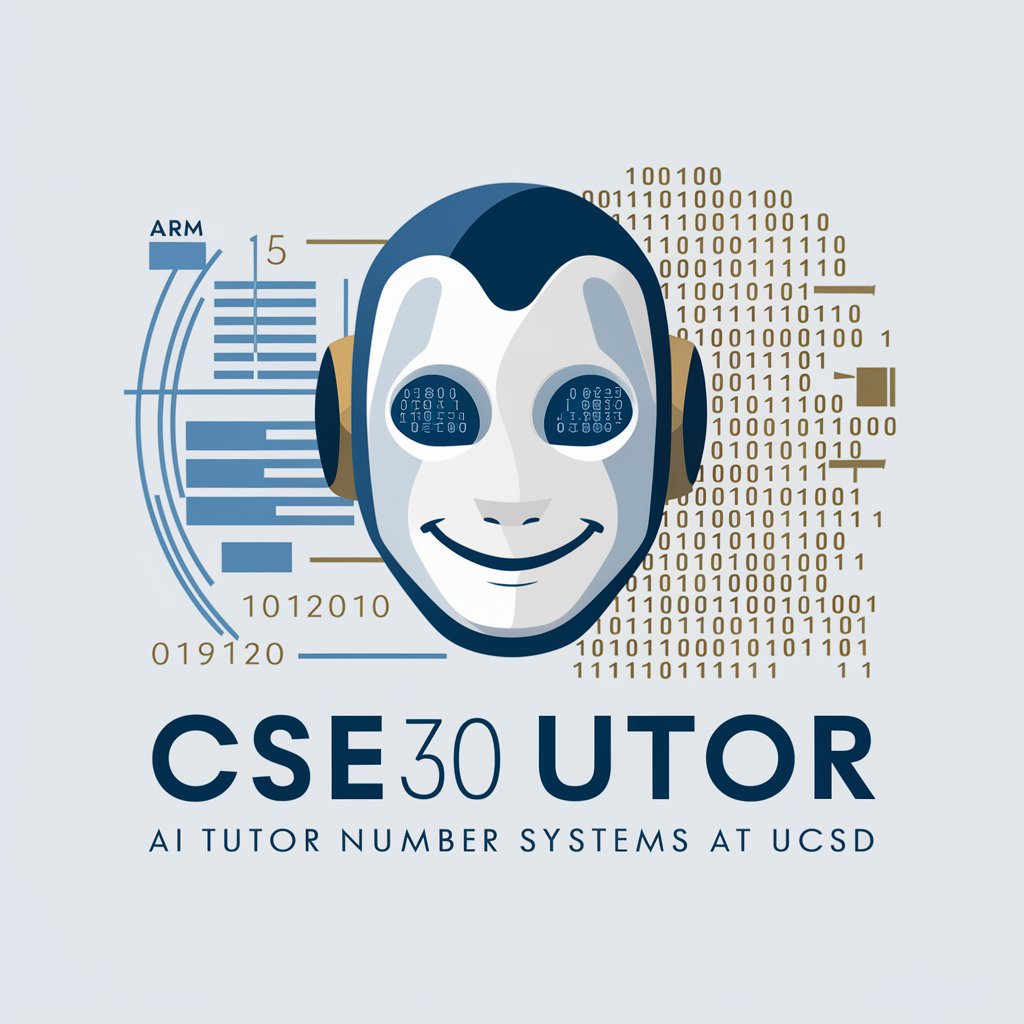
Ürün Açıklama Yazarı - Superstep
Craft Winning Product Stories, AI-Powered

Common Questions About Flutter & Dart
What is Flutter primarily used for?
Flutter is a versatile UI toolkit used for building natively compiled applications across mobile, web, and desktop from a single codebase. It's popular for creating visually attractive, natively compiled applications with high performance.
How does Dart fit into Flutter development?
Dart is the programming language used by Flutter. It's optimized for building fast, scalable applications, providing a good foundation for Flutter's reactive style UI programming, with features like just-in-time compilation and ahead-of-time compilation.
Can Flutter be used for web development?
Yes, Flutter extends its capabilities beyond mobile to web development, allowing developers to use the same codebase to deploy applications on browsers as progressive web apps (PWA) or single-page applications (SPA).
What are Flutter widgets?
Widgets are the basic building blocks of a Flutter app's user interface. Each widget is an immutable declaration of part of the user interface, with various widgets provided by Flutter that can be customized and combined to create complex layouts.
How does Flutter handle state management?
Flutter provides several ways to manage state, from simple local state management with Stateful Widgets to complex state management solutions like Provider, Riverpod, Bloc, and Redux, catering to different app complexity needs.
